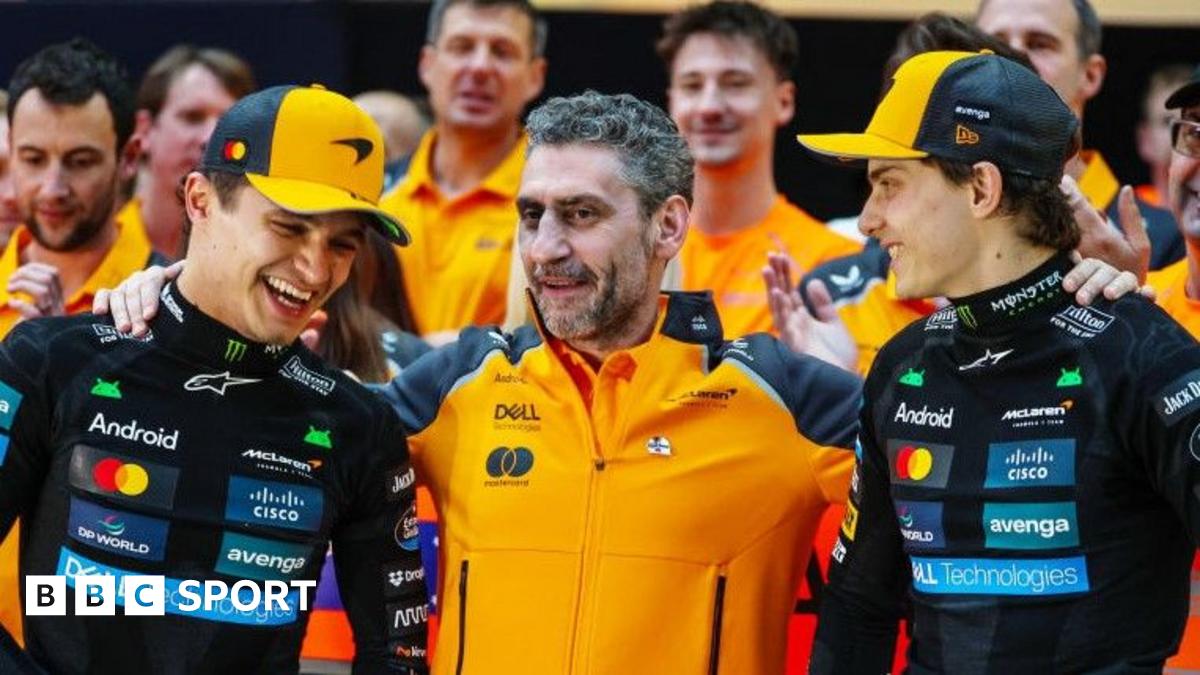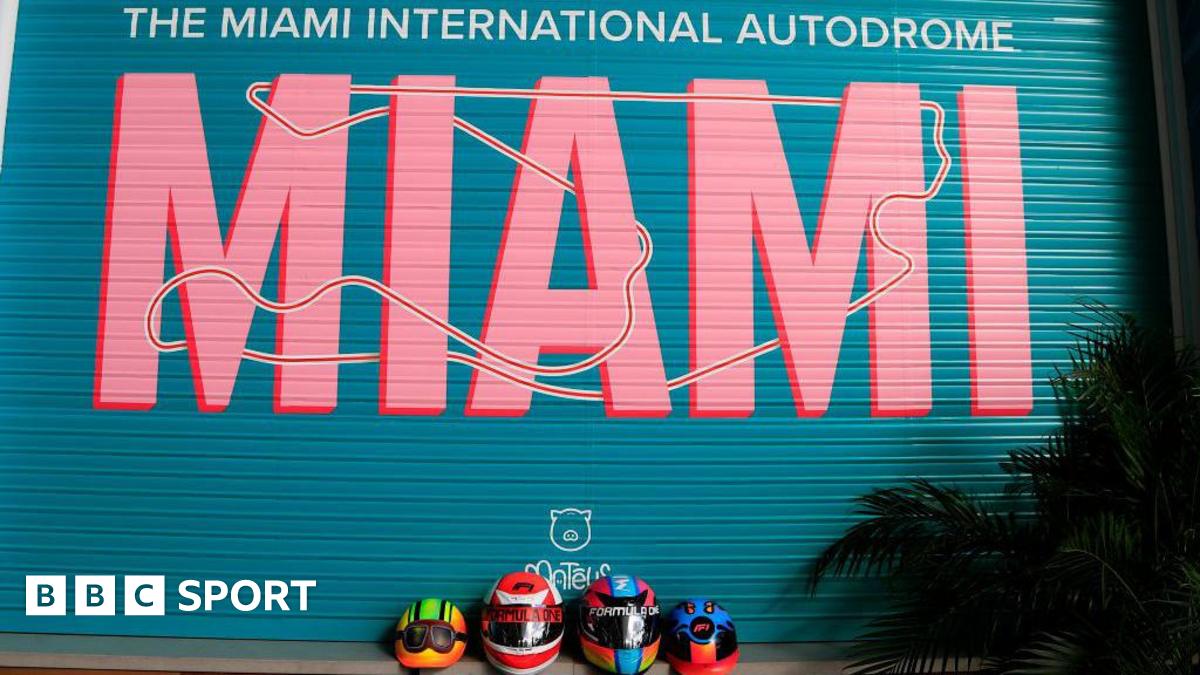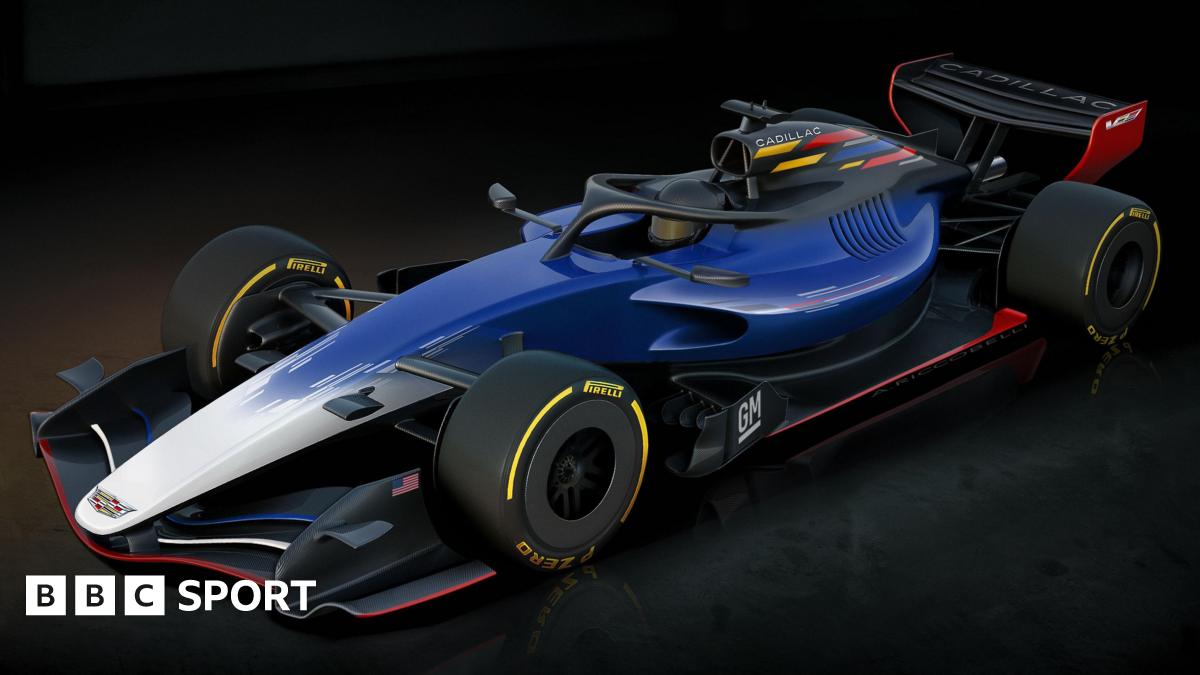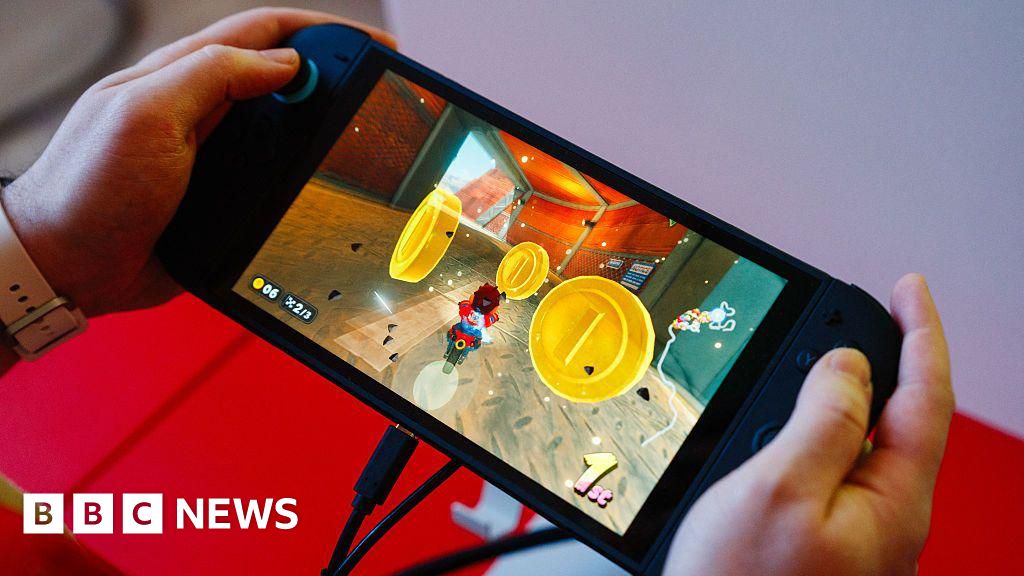Nothing’s second modular phone reinvents the rules


Nothing has announced the second phone under its colorful subbrand CMF: the Phone 2 Pro. Just like the first CMF phone, this is a modular handset with extra accessories you can screw into place. And also just like the first CMF phone, it’s not getting an official US release.
Buy the Phone 2 Pro by itself and you get a surprisingly well-specced budget Android handset, with a decent triple rear camera system, a bright 120Hz OLED screen, and 128GB of storage. But the real appeal is the array of modular add-ons: a screw-on case, a kickstand-card wallet combo, a bright orange lanyard, and a pair of swappable camera lenses.




Nothing has changed its approach a little since the Phone 1. While owners of that phone could remove its backplate to attach replacements, that’s no longer an option here. Instead, covers — sold separately — are screwed on top of the phone’s existing rear, which might be how Nothing made the jump from IP52 to IP54 water-resistance. The new accessories then attach to the cover, the kickstand relying on its built-in magnet and the lenses simply clicking into a plastic ring around the main camera.
The lenses are the biggest new addition here. Sold as a pair, you get a fisheye and a macro, each of which simply sit on top of the existing main lens. The fisheye is a little subtler than I expected — you’ve got to work a bit to find a shot that really accentuates the effect — so I think the macro will see more use. Macro photography in cheap phones is usually dreadful, relying on the already inferior ultrawide cameras, and I much prefer the results I got from clipping this on.
The lanyard is the only accessory from the original Phone 1 that still works with the 2 Pro, and it’s also the only one that doesn’t require the cover to work, instead screwing into the circular accessory cover in the phone’s bottom corner. I am at least ten years too old to pull off carrying my phone like this, but I did spend a day doing so in the name of science, and felt excruciatingly embarrassed swinging it round to make a contactless payment on the bus.

Embarrassment aside, I love everything about the idea of the CMF ecosystem — modular tech is just fun, damn it, and especially when it’s affordable too — but I have some qualms about the execution here. Requiring the cover to enable most of the modules makes it an essential purchase if they’re part of the draw to you. But the tech involved is only a magnet and a bit of plastic around the camera, and it could just as easily have been built into the phone itself.
There’s a tension between Nothing’s desire to push an interesting modular ecosystem and its need to use CMF as a platform for buyers on a budget, and so the out-of-the-box experience clashes with everything else. Case in point: the Phone 2 Pro ships with a clear plastic protective case, but it’s not compatible with the (less protective) screw-on covers.
I’m more annoyed by another glaring incompatibility, between the lanyard and the kickstand case. Prop the phone up in portrait mode with the lanyard attached and it raises one corner up, leaving the whole thing wobbly and unbalanced. That might be alright — it would be reasonable enough if Nothing simply didn’t intend someone to attach every single module at once — except that the company’s own promotional imagery shows the phone being used just like that, with both corners sitting stably on the ground.


I also worry about longevity here. In the nine months since the CMF Phone 1’s launch, Nothing hasn’t added to its accessory range at all. And now it’s releasing a follow-up that uses a new system and mostly isn’t interoperable with the original bits. The modular ecosystem demands a range of options Nothing can add to over time, and so far there’s no sign that’s the plan.
The good news is that the phone at the heart of this all is impressive in its own right. I’ve only been using it for three days or so, but performance has been smooth, the battery has comfortably lasted until the end of the day, and the cameras, including a 50-megapixel 2x telephoto, are better than I’d expect at this price. There are a few small issues — especially some strangely muted colors in the viewfinder, which fortunately don’t translate to the final photos — but there’s not too much to complain about here.
The Phone 2 Pro runs the same software as Nothing’s other phones, arriving on Android 15 and promising three years of OS updates along with six years of security patches. It also includes the AI-powered “Essential Space” introduced with the Nothing Phone 3A devices, with the same dedicated key to activate it. You can use it to take screenshots and camera captures and save them to the Essential Space along with optional voice notes and reminders. Does it need a whole button? I don’t know, but it does feel like one of the more practical implementations of AI in a smartphone yet.


The Phone 2 Pro is available to preorder now, with an official release on May 6th, starting at £219 / €249 in Europe for 128GB of storage, rising to £249 / €279 for 256GB. In the US you can only buy it through Nothing’s “beta program,” which comes with a string of caveats about potential hiccups on US carriers and no after-sales support, and it’ll set you back $279 for the 256GB model. The modular accessories aren’t available in the US at all, and there’ll only be “limited quantities” in Europe, starting from £25 / €25 for the lanyard and rising to £65 / €65 for a bundle including the cover, kickstand, and lenses.

Alongside the new phone, Nothing has also revealed a trio of budget earbuds. The Buds 2, 2 Plus, and 2A all borrow the aesthetic — and rotatable “smart dial” — seen on last year’s Buds Pro 2. Ranging from $49 / £29 / €39 for the 2A up to $69 / £49 / €59 for the 2 Plus, all three models include active noise cancellation and water-resistance, with spatial audio on the 2 and 2 Plus, and Hi-Res LDAC support on the Plus.
Photography by Dominic Preston / The Verge
What's Your Reaction?
 Like
0
Like
0
 Dislike
0
Dislike
0
 Love
0
Love
0
 Funny
0
Funny
0
 Angry
0
Angry
0
 Sad
0
Sad
0
 Wow
0
Wow
0































































































